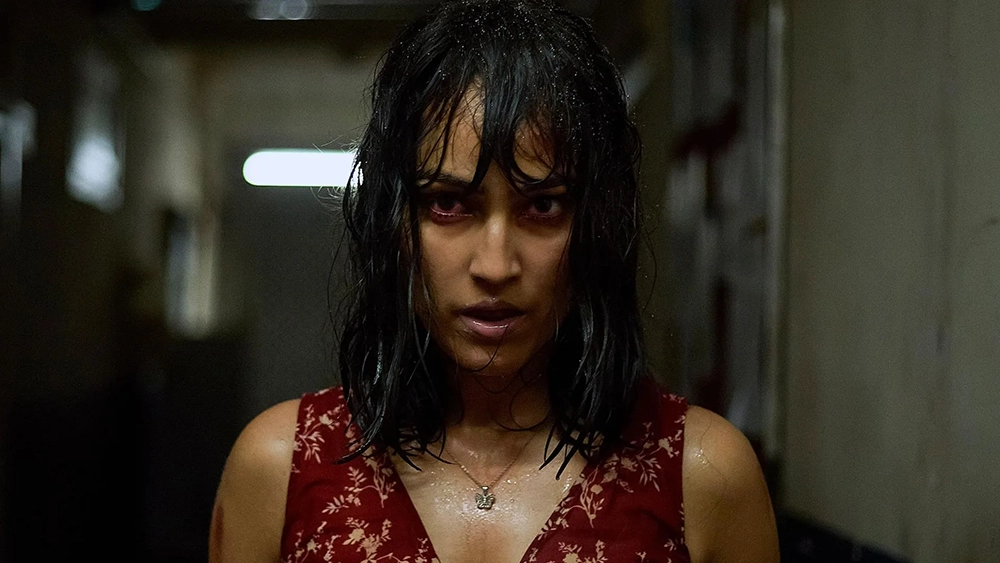Smita Singh’s narrative brilliance lies in her seamless fusion of the otherworldly with the intensely personal and societal. The supposedly haunted room within the Delhi women’s hostel transcends mere setting, becoming a visceral symbol of enduring trauma. Madhu’s hopeful arrival (Monika Panwar) is immediately juxtaposed with the room’s dark history, mirroring how a woman’s past can indelible stain her present.
Where the Everyday Cracks Open
Smita Singh masterfully crafts a chilling tapestry of individual and collective fears, detailing the pervasive discomfort of the male gaze, the insidious erosion of self-trust through gaslighting, and the arduous journey for mental well-being within a system that often marginalizes women. The supernatural elements amplify these tangible horrors, suggesting that the specters of past injustices and societal indifference can be far more relentless than any conventional ghost. Even the narrative’s descent into possession underscores the profound sense of violation many women experience. The deliberate blurring of moral lines among male characters intensifies the pervasive unease.
Pankaj Kumar and Surya Balakrishnan’s directorial restraint amplifies the underlying horror, allowing it to seep into the viewer’s consciousness. Eschewing jump scares, they meticulously construct an atmosphere of creeping unease. The camera becomes a silent observer, lingering on seemingly innocuous details, inviting the viewer’s own anxieties to fill the void, making the horror deeply personal. The stark portrayal of Delhi grounds the supernatural in a harsh reality. The directors expertly utilize the claustrophobic architecture of the hostel to cultivate a palpable sense of physical and psychological entrapment. Their masterful control of pacing allows the tension to build gradually, punctuated by moments of profound silence that carry immense weight.
Weaving Tangible Fears
The ensemble cast delivers deeply impactful and richly nuanced performances. Monika Panwar’s portrayal of Madhu is a revelation, embodying a quiet yet fierce resilience beneath a fragile exterior. Her journey from hopeful newcomer to a woman grappling with ‘hauntings’ is captivating; Rajat Kapoor and Geetanjali Kulkarni provide captivating assistance. Shalini Vatsa’s portrayal of the warden is particularly noteworthy for its understated yet powerful depiction of authority and a profound, unspoken understanding of her charges’ burdens. The collective strength of the performances lies in their ability to convey the unspoken anxieties and simmering tensions that define these characters’ lives, rendering their fears viscerally palpable.
“Khauf” Season 1 transcends genre limitations, emerging as a potent and unflinching examination of the very real fears that silently shadow women’s daily existence. By skilfully interweaving supernatural horror with the stark realities of societal inequalities and personal traumas, the series offers a profound commentary on the multifaceted female experience in a world that often feels inherently unsafe. While the narrative arc might dip slightly towards the conclusion, it doesn’t diminish the overall power of the series’ crucial message.
A Stark Reflection
Additionally, “Khauf” Season 1 bravely confronts uncomfortable truths surrounding gaslighting, mental well-being, and the pervasive feeling of being unseen. It pointedly rejects simplistic resolutions, instead presenting a world where hard-won resilience often represents the only solace. This is a vital and compelling piece of storytelling, a stark reminder that for many, the true monsters are not confined to the supernatural, but walk among us in the mundane and often menacing realities of the everyday.
